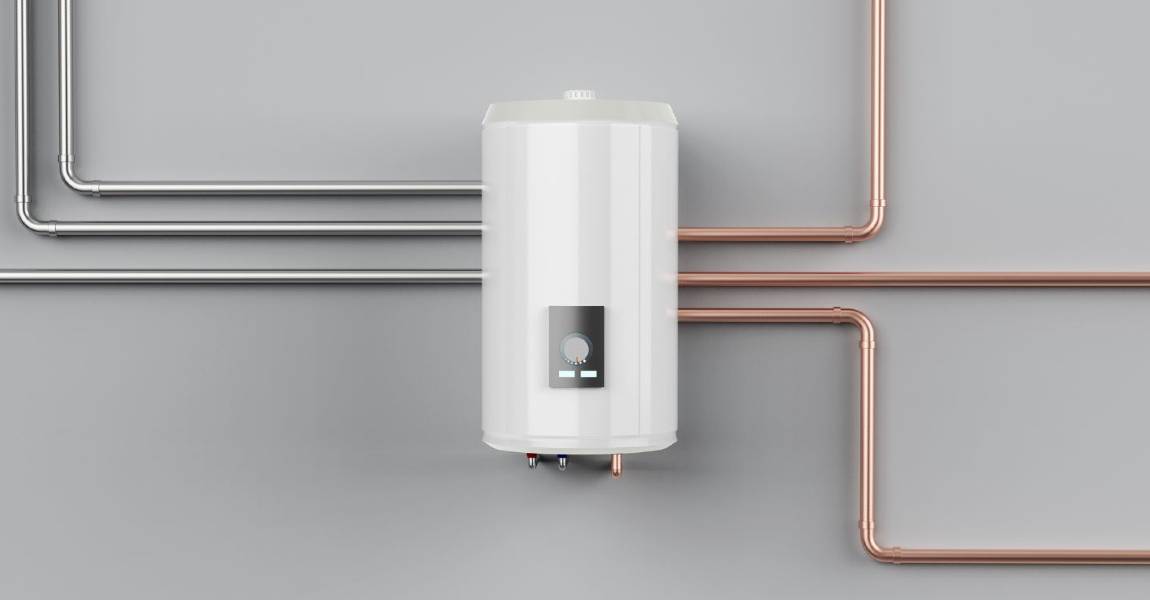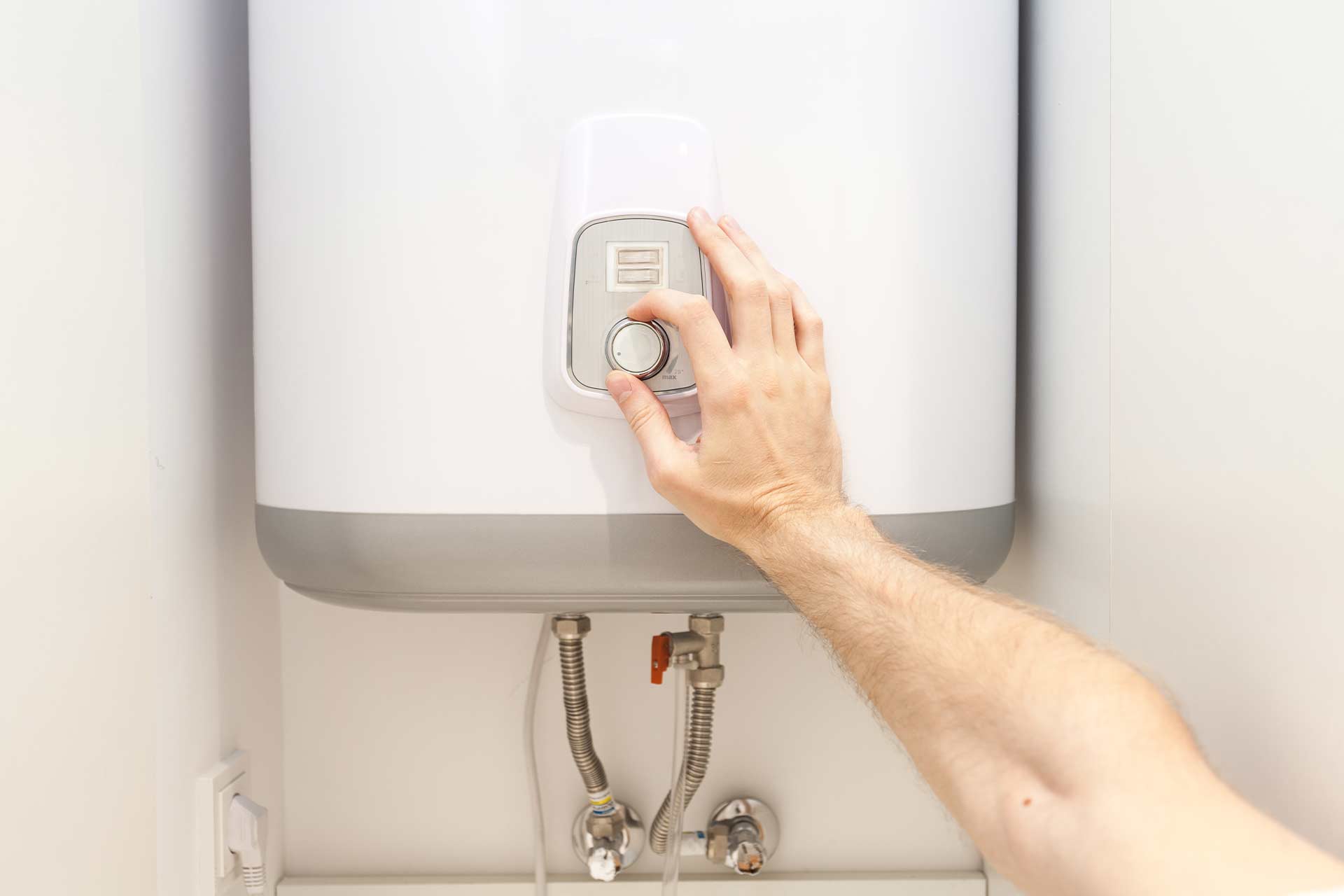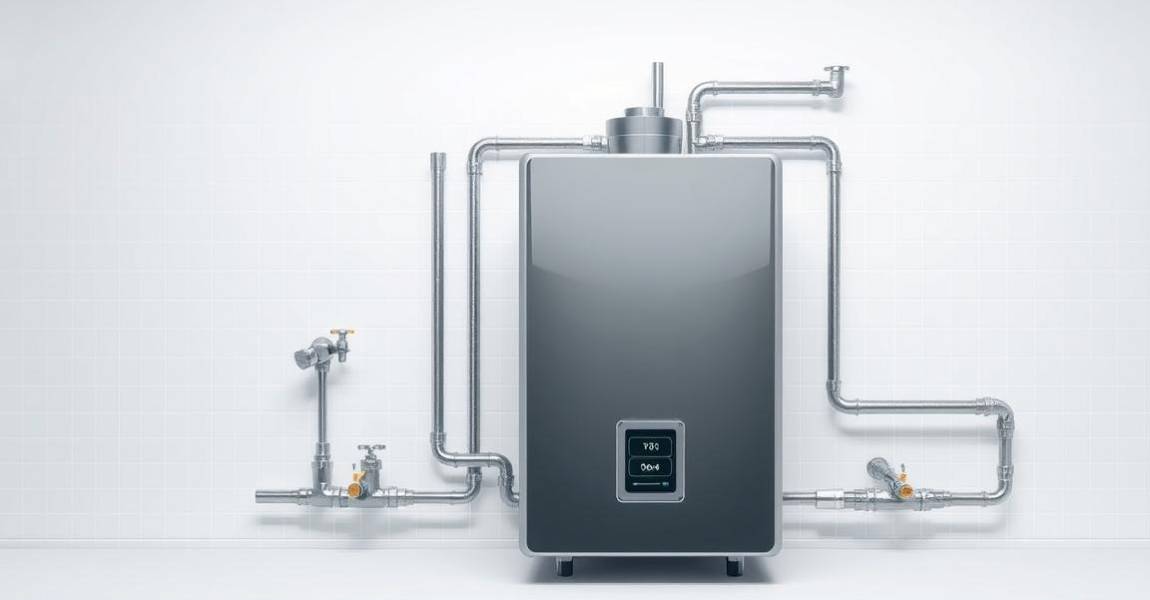Choosing the right size tankless water heater is essential for ensuring a reliable and efficient supply of hot water in your home. Because tankless systems heat water only as needed, the unit must be properly sized based on your household’s water usage, the number of fixtures, and your peak demand. If the unit is too small, it won’t keep up with demand—too large, and you’ll end up overspending on both installation and energy.
In this guide, we’ll help you find the ideal size for your tankless water heater using a clear, 3-step approach. You’ll learn how to calculate your home’s flow rate, determine the necessary temperature rise, and account for simultaneous usage—three key factors that ensure your water heater delivers peak performance without wasting energy or money.
Learn more about a Tankless Water Heater Upgrade for Your Home.

For expert installation, contact JD’s Plumbing at 720-735-9170. Their team ensures your system runs efficiently from day one.
Table of Contents-What Size Tankless Water Heater Do I Need?
Key Takeaways – What Size Tankless Water Heater Do I Need?
- Proper sizing prevents cold water surprises and high energy costs.
- Flow rate and temperature rise are critical for performance.
- Calculate based on how many fixtures run at once.
- Oversized units waste energy and money.
- Professional installation maximizes efficiency.
Why Choose a Tankless Water Heater?
Energy savings and convenience combine in one smart investment. Unlike traditional systems, these units heat on demand, eliminating standby energy loss. The U.S. Department of Energy confirms tankless water heaters are 24–34% more efficient than tank models.
Energy Efficiency and Cost Savings
Cut utility bills by up to 50% with proper use. Electric models reach 98% efficiency, while gas options leverage advanced combustion tech. Many states offer rebates for upgrading—check local utility programs.
Corrosion-resistant materials like copper and stainless steel extend lifespan. Expect 20+ years of service, nearly double traditional units. That’s long-term value for your household.
Continuous Hot Water Supply
No more scheduling showers around a tank’s capacity. Flow technology delivers warmth instantly, whether for dishes or baths. Families love never facing a cold surprise mid-rinse.
Space-Saving Design and Durability
Wall-mounted units free up floor space, ideal for apartments or small homes. Most measure just 20″x28″x10″—smaller than a suitcase. Their compact build doesn’t sacrifice power or reliability.
Upgrade to a system that fits your life. JD’s Plumbing ensures seamless installation—call 720-735-9170 to start saving.
Key Factors for Sizing a Tankless Water Heater
Picture this: multiple showers running while the dishwasher hums—will your system keep up? Three elements decide whether you’ll face cold surprises or steady warmth: flow rate, temperature rise, and simultaneous usage. Nail these, and you’ll enjoy endless hot water without wasting energy.
Flow Rate (GPM): Calculating Your Peak Demand
Every fixture in your home uses a set gallons per minute (GPM). Add them up to find your peak need:
- Shower: 1–2 GPM (low-flow heads reduce this)
- Dishwasher: 1–2.5 GPM
- Kitchen sink: 1.5–2.2 GPM
A family of four typically needs 8–10 GPM. Undersize, and you’ll face the dreaded cold water sandwich effect—brief chills between bursts of heat.
Temperature Rise: Groundwater vs. Desired Output
Your unit must heat incoming water to at least 120°F. But groundwater varies wildly:
- Southern U.S.: 65–70°F (requires 50–55°F rise)
- Northern U.S.: 40°F (needs 80°F rise)
Higher rises demand more powerful systems. A 45°F jump from 55°F groundwater is easier than an 80°F climb in colder zones.
Household Size and Simultaneous Usage
Two showers at once? A running washing machine? List your busiest fixtures and their flow rates. Here’s a quick guide:
- 1–2 people: 3–5 GPM
- 3–4 people: 7–9 GPM
- 5+ people: 10+ GPM
Pro tip: Prioritize high-use fixtures (showers) over occasional ones (utility sinks).
How to Calculate Your Tankless Water Heater Size
Struggling to keep up with your home’s hot water demands? A simple calculation solves the problem. Follow these steps to match your household’s needs perfectly.
Step 1: List Fixtures and Their Flow Rates
Every faucet and appliance uses a specific number of gallons per minute (GPM). Measure by collecting water in a bucket for 60 seconds:
- Shower: 1.5–2 GPM (2.5+ for rain heads)
- Dishwasher: 1–2 GPM
- Kitchen sink: 1.5–2.2 GPM

Add the flow rates of fixtures running simultaneously. A family of four might need 6.5 GPM during peak use.
Step 2: Determine Your Groundwater Temperature
Your unit must heat incoming water to 120°F. Subtract your local groundwater temp from this target:
Chicago example: 47°F groundwater needs a 63°F rise (120°F – 47°F = ΔT).
Colder regions require higher-capacity models. Check your area’s average via local utility reports.
Step 3: Use a Sizing Calculator (Example Included)
Match your GPM and ΔT to a unit’s specs. A 6.5 GPM need with a 63°F rise fits a 6–8 GPM model. For gas systems, calculate BTUs:
- 1–2 people: 140,000 BTU
- 3-bathroom home: 380,000 BTU
Pro tip: Reduce flow rates with low-flow showerheads to fit smaller units.
Installation Considerations for Optimal Performance
Proper setup ensures your system delivers warmth when you need it most. Whether indoors or outdoors, correct placement and upkeep prevent costly issues. Follow these guidelines to maximize efficiency and lifespan.
Indoor vs. Outdoor Unit Placement
Outdoor units handle extreme temps, from -22°F to 122°F, but need weatherproofing in cold climates. Indoor models save space but require proper venting. Consider these factors:
- Outdoor: Ideal for mild climates; protect with insulation covers in winter.
- Indoor: Needs 1–2 feet of clearance for airflow and service access.

Venting and Denver Plumbing Requirements
Condensing models use PVC vents, while non-condensing need metal. Improper venting risks carbon monoxide leaks. Key tips:
- Slope vents upward to prevent condensation buildup.
- Use dielectric unions to avoid pipe corrosion.
- Install isolation valves for easy maintenance.
Maintenance Tips for Longevity
Hard water areas demand annual descaling to prevent mineral buildup. Follow this 5-point checklist:
- Flush the unit with vinegar every 12 months.
- Inspect vents and filters quarterly.
- Schedule professional servicing every 12–18 months.
- Test pressure relief valves biannually.
- For outdoor units, winterize pipes in freezing temps.
Pro tip: Pair your system with a water softener to reduce scaling in high-mineral areas.
Gas vs. Electric Tankless Water Heaters: Which Is Right for You?
Your fuel type decision affects efficiency, flow rates, and long-term savings. Electric and gas models serve different needs—one excels in compact spaces, the other in high-demand homes. Let’s break down the best fit for your household.
Pros and Cons of Electric Models
Electric units hit 98% efficiency, making them ideal for mild climates or small households. They’re quieter and need no venting, simplifying installation. But they max out at 2 GPM—enough for one shower at a time.
- Pros: Lower upfront costs ($500–$700), no gas line required.
- Cons: Struggles with simultaneous use; not ideal for large families.
Pros and Cons of Gas Models
Gas heaters deliver 5+ GPM, handling multiple fixtures effortlessly. Condensing tech boosts their efficiency to 85%, though they cost more ($1,000–$1,500). Venting requirements add complexity.
- Pros: Unlimited demand capacity, faster temperature recovery.
- Cons: Higher installation costs; annual maintenance recommended.
Comparing Upfront Costs and Efficiency
While electric models save initially, gas units cut long-term bills in high-use homes. A 4-bedroom house might see a 3-year ROI on gas despite higher upfront costs.
Energy Star data shows gas saves $100+ yearly for homes using 86+ gallons daily.
Hybrid tip: Pair an electric unit with a solar system for zero-energy costs in sunny regions.
Conclusion: Get Expert Help for Your Tankless Water Heater
Getting the right system for your home doesn’t have to be complicated. Use the formula (GPM × ΔT) to estimate capacity, but trust professional calculations for precision.
A proper installation ensures efficiency and longevity. JD’s Plumbing offers free consultations to match your needs perfectly. Save up to 30% on energy bills over a decade with their expertise.
Contact Us at JD’s Plumbing, Heating and Air Conditioning at 720-735-9170. Their experts handle everything—from sizing to setup—so you enjoy endless warmth worry-free.
FAQ
How do I determine the right size tankless water heater for my home?
To find the correct unit, calculate your peak demand by adding up the flow rates of all fixtures used simultaneously. Also, consider the temperature rise needed based on your groundwater and desired output.
What’s the difference between gas and electric models?
Gas units typically deliver higher flow rates and are better for larger households, while electric models are more compact and easier to install but may struggle with high demand.
Can I install it myself, or do I need a professional?
While some electric models are DIY-friendly, gas units require proper venting and gas line adjustments, making professional installation the safer choice.
How often should I maintain my unit?
Annual descaling is recommended, especially in areas with hard water. Check manufacturer guidelines for specific maintenance schedules.
What happens if I undersize my system?
An undersized unit won’t meet demand, causing inconsistent temperatures or reduced flow during peak usage. Always size based on worst-case scenarios.
Are these heaters really more efficient than traditional tanks?
Yes! They only heat when needed, cutting energy waste by up to 30% compared to storage tanks that constantly maintain hot water.





